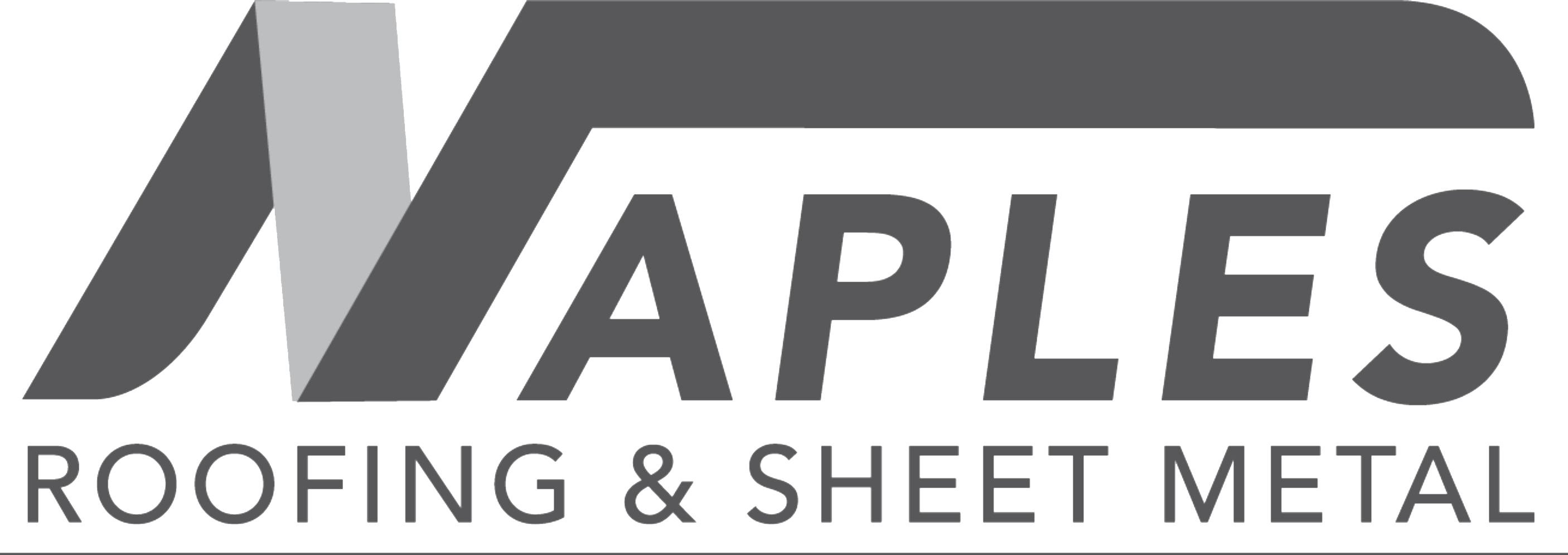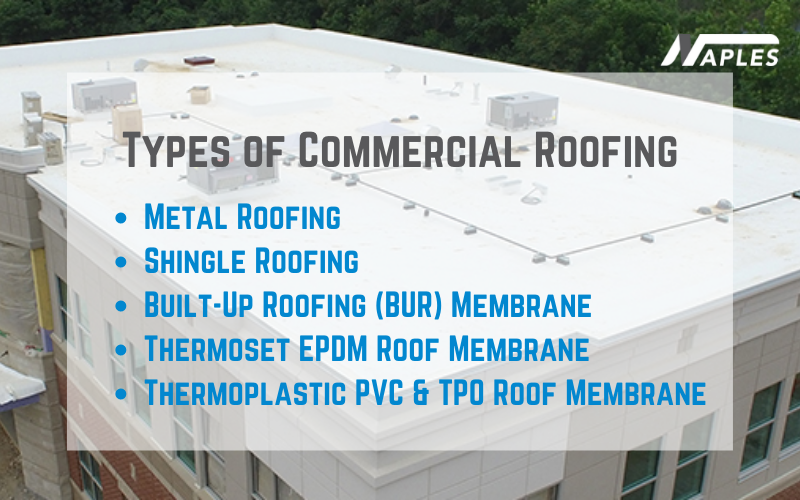Types of Commercial Roofing
How is the weather today? Just by sitting in your windowless office, if you can tell whether it’s hot and sunny (or raining), it’s time to take a look at your commercial roof replacement or repair based on the roofing system’s health. When looking for a new roof, the most important consideration is the building’s overall health. Hence, the roof’s longevity, typical weather variations, and energy efficiency are all important considerations.
Each commercial roofing type has its own set of advantages and disadvantages, making a choice more difficult than ever before due to the wide range of options available. Continue reading to learn about the most common options and the environments in which they are most effective.
Cost, Energy Efficiency and Durability:
Durability, energy efficiency, and affordability are the three pillars of acquiring a new commercial roof. A commercial roof system may last anywhere from a decade to moreover 50 years if constructed and maintained properly. (Climate and sub-roof conditions may drastically alter these estimations.)
For years, efficiency has been a buzzword, and many cities have incorporated energy efficiency criteria into their permitting processes. Of course, as a company owner, you’re worried about energy efficiency as well, because it may save you money in the long term.
Finally, and perhaps most importantly, the total cost of new or replacement roofing will be on your mind. Here, some commercial roofing systems are less expensive to install, but be sure you aren’t compromising durability or efficiency in the process.
Types of Commercial Roofing:
The following are the best commercial roofing options:
- Metal Roofing
- Built-Up Roofing (BUR) Membrane
- Thermoset EPDM Roof Membrane
- Thermoplastic PVC & TPO Roof Membrane
- Shingle Roofing
Metal Roofing-
Because of its 40 to 60-year lifetime, durable metal roofing is a popular business roof choice. Metal roofing systems come in a variety of styles, and some even have integrated solar or snow removal systems.
The following are examples of common metal commercial roofing materials:
- Aluminum, zinc, and tin
- Corrugated galvanized steel
- Tile sheets
- Aluminum
- Copper
- Coated or stainless steel
Metal roofing may have a completed appearance, high fire resistance ratings, and is more durable and long-lasting than many other choices.
Downside: Metal is corrosive. Modern metal roofs have protective surface layers added to manage damage from moisture, exposure, pollution, and other environmental variables as a result of this issue.
Latest Blog: How Do I Choose A Skylight For My Commercial Property?
Built-up Commercial Roofing Membranes-
Built-up roofing, which is constructed up of alternating layers of tar and gravel, has a lifespan of 20 years or more with proper care. The number of layers has an impact on durability and (in the end) cost. It is one of the oldest and most versatile roof kinds, and it is affordable and easy to repair.
This form of seamless roofing can withstand heavy foot traffic, but it relies on a sturdy understructure to support the weight and vibrations of movement. It is UV-resistant and may be covered with a heat-reflective coating.
Downside: BUR roofing has one of the shortest lifespans of any commercial roofing material, and as the roof ages, it can be difficult to pinpoint the cause of a leak.
Thermoset EPDM Membrane- Commercial Roofing
EPDM is a roll-based, long-lasting synthetic rubber roofing membrane. An EPDM roof system, also known as Thermoset roofing, has excellent UV and pollution protection. It’s durable, adaptable, and simple to put in place.
EPDM is available in white and black rolls, and in addition to being resistant to the sun and pollution, this single-ply rubber is also resistant to a variety of common solvents and acids.
Downside: EDPM isn’t usually the best option, and it can puncture easily (think falling debris or people walking on the roof).
Thermoplastic PVC & TPO Roof Membrane:
Roofing systems made of thermoplastic polyolefin (TPO) and polyvinyl chloride (PVC) can withstand harsh weather. These roof membranes are slow to be damaged by UV radiation, chemicals such as fats and oils, or bacterial development. They’re thin, heat-reflective, and puncture-proof.
Strong air-welded seams, fire resistance, and the ability to withstand both high temperatures and severe winds are some of the other advantages.
Downside: Be wary of items that are inexpensive and poorly constructed. So, Many small producers have attempted to establish their own product lines as TPO has grown in popularity, enabling quality to fall through the gaps. Make sure you get this product from a trustworthy company.
Shingle Roofing-
Shingles are most often seen on residential buildings (like your own house), but they may also be seen on commercial buildings with steep rooflines.
Asphalt, architectural, slate, plastic, and ceramic shingles are among the many types available (just to name a few). This material is simple to work with, inexpensive, and adaptable.
Downside: Depending on the manufacturer, the lifespan may be less than that of other commercial roofing kinds. If your building is in a shady location, shingles are also prone to mildew and moss.
Contact us today!


